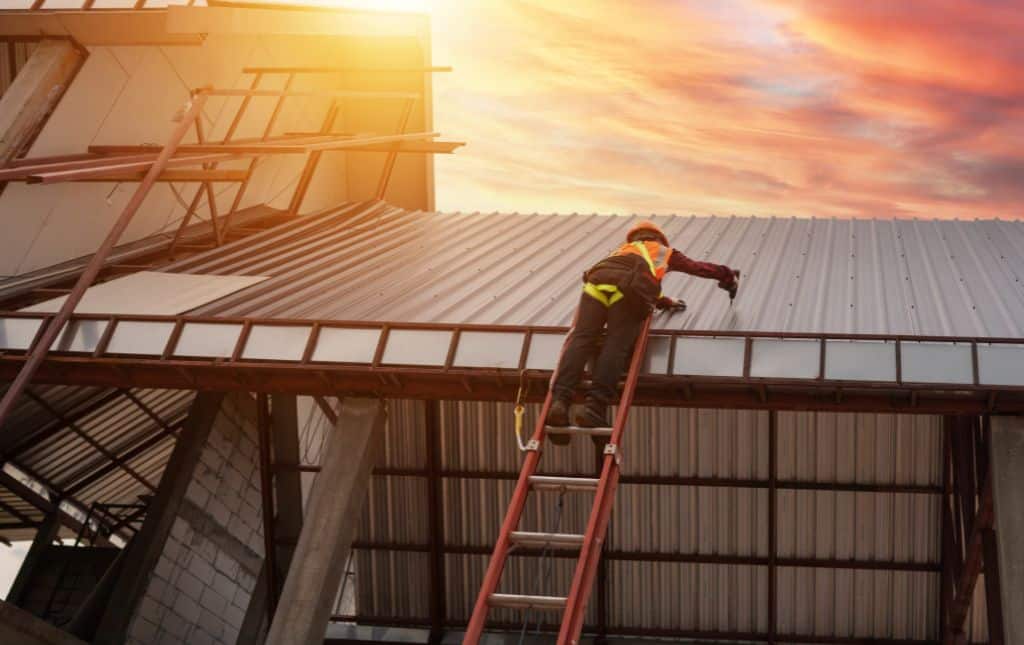OSHA Regulations for Commercial Roofing
The Occupational Safety and Health Administration (OSHA) oversees safety protocols for workers across the United States. In the realm of commercial roofing, OSHA sets out both mandatory rules and recommended guidelines to ensure safety within this industry.
Compliance with OSHA guidelines is crucial, akin to any other legal obligations in the U.S. Ignoring these regulations can lead to severe repercussions. Employers in the roofing sector bear the responsibility of understanding and implementing relevant OSHA standards to guarantee that their employees and job sites adhere to these regulations. Failure to do so can result in substantial penalties for companies and, more critically, pose risks of injury or fatality to workers.
Key Points of OSHA Roofing Guidelines
OSHA delineates specific practices that roofing companies must adhere to while advocating for others. The primary guidelines pertinent to the roofing industry include:
Fall Protection:
Workers exposed to a fall risk of six feet or more, without proper edge protections in place, necessitate fall protection gear. This equipment must be well-maintained and correctly installed.
Fall Protection Training:
Employers must provide comprehensive training on fall protection to workers exposed to such hazards. Regular retraining is mandatory, particularly when work conditions change or modifications are made to fall protection equipment. Employers are also required to certify and document the completion of this training.
Roof Holes:
Holes in roofs, like skylights, located six feet or more above ground or another level, require proper covering and safeguarding to prevent falls, as these covers are typically not sturdy enough to support a person’s weight.
Surface Safety:
Employers must ensure the structural integrity of a roof before workers are allowed on it. Regular inspections are necessary to identify slip hazards caused by water, snow, ice, or other factors.
Weather Conditions:
Employers should monitor weather conditions and suspend roofing work during unsafe weather, such as high winds, slippery surfaces due to rain or snow, and extreme cold that can affect workers’ dexterity due to numbed extremities.
Impalement Hazards:
Hazards beneath roof edges or areas where workers might fall from should be removed or secured to prevent impalement.
Material Placement:
Workers conducting carpentry on a roof must have their work-related materials placed conveniently close. For other roofing tasks, materials should be kept at least six feet away from the roof’s edge.
In instances where OSHA hasn’t defined specific standards for work-related matters, employers must follow the general duty clause of the Occupational Safety and Health Act. This clause mandates employers to provide a hazard-free workplace that doesn’t pose recognized risks leading to severe harm or fatalities to employees (source: www.osha.gov/pls/oshaweb/owadisp.show_document?p_id=3359&p_table=OSHACT).


